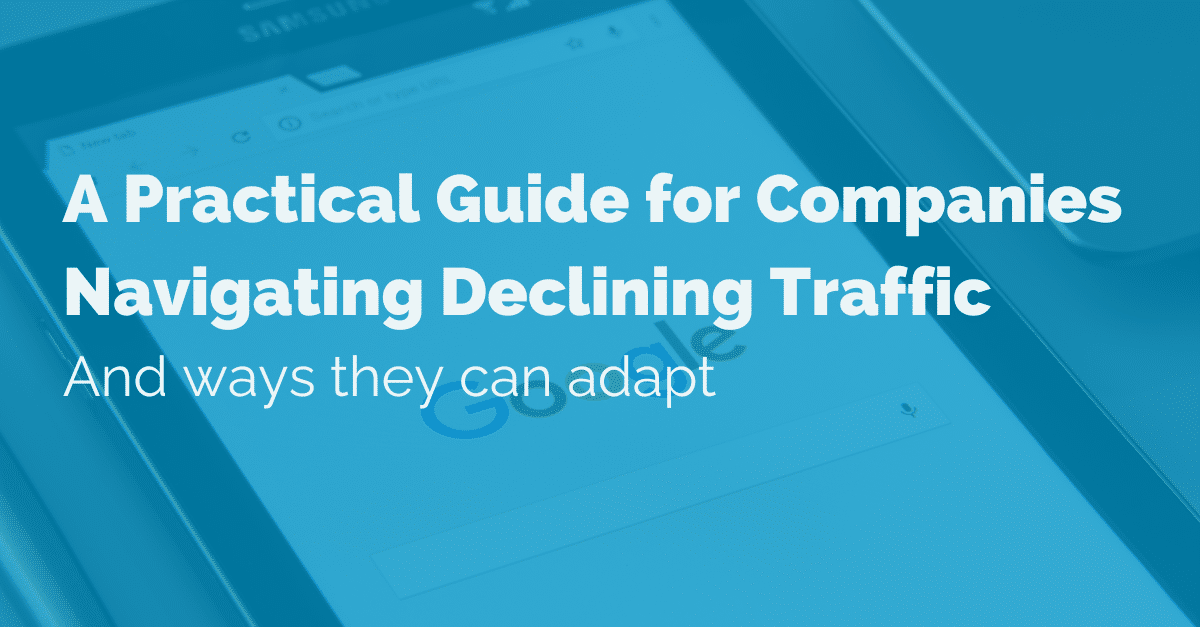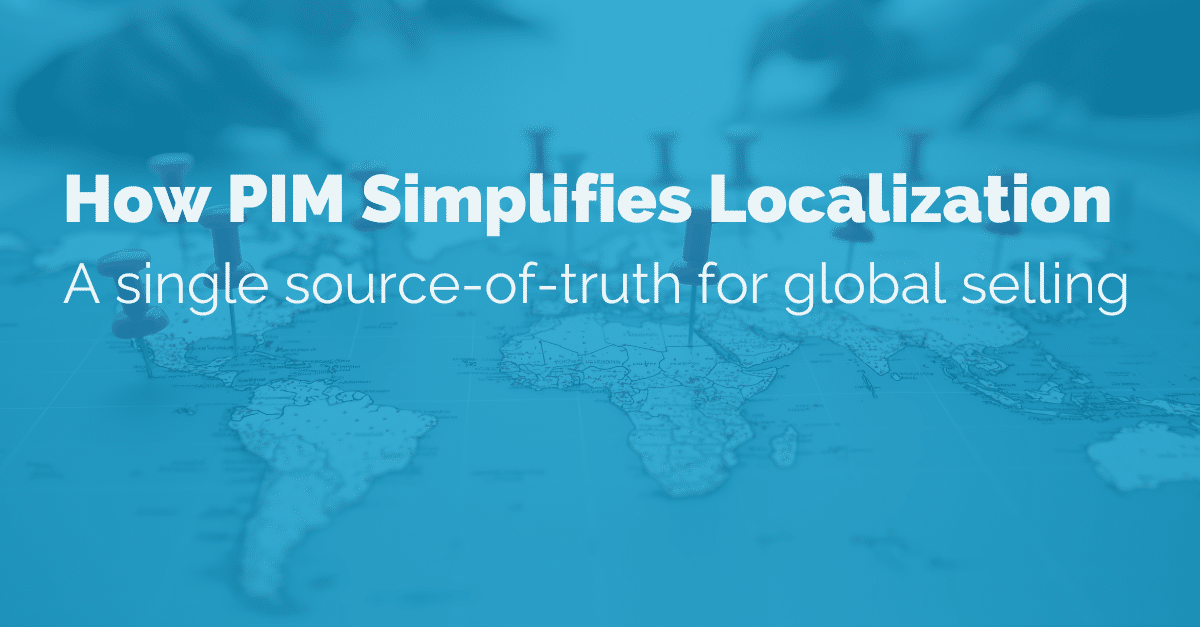Key Takeaways
- Voice search is growing fast. More customers are turning to voice assistants like Amazon Alexa and Apple’s Siri for product discovery.
- Natural language optimization is essential. Product data needs to reflect the way people actually speak, not just how they type.
- PIM systems are the backbone of voice search readiness. A strong Product Information Management strategy ensures accurate, structured data for voice-driven queries.
What is Voice Search?
Voice search refers to the use of spoken commands to perform a search online. Instead of typing keywords into a search engine, users speak naturally into a device like Alexa, Siri, or Google Assistant. The assistant interprets the query, searches relevant databases, and delivers answers aloud or on-screen.
Use Cases
- eCommerce discovery: “Alexa, where can I buy running shoes under $100?”
- Local shopping: “Siri, find me a hardware store near me that sells paint.”
- Customer service: Chatbots and AI assistants like ChatGPT field voice queries, providing information on orders, returns, or shipping.
Why Voice Search Matters for eCommerce Leaders
Challenge: Shifting Consumer Behavior
According to Statista, nearly half of U.S. consumers use voice search daily for tasks like shopping, directions, or finding local businesses. This means typed keyword strategies alone no longer capture all potential traffic.
Solution via Optimized Product Data
To thrive in a voice-first world, brands must ensure product information is conversational, structured, and comprehensive. Integrating a PIM (Product Information Management) system ensures consistency across all channels, enabling voice assistants to surface accurate results.
The Benefits of Optimizing for Voice Search
Key Feature #1: Conversational SEO
Voice queries tend to be longer and more natural than typed ones. Instead of typing “best wireless headphones,” someone might ask: “What are the best wireless headphones for working out?” Businesses that optimize product descriptions with natural language capture this traffic.
Use Case Example
A consumer electronics brand adds Q&A-style content to product pages. With structured attributes managed through PIM, the brand ensures assistants like Alexa can easily surface the most relevant product variant when a shopper asks.
Voice Search and PIM: The Critical Connection
Voice assistants depend on structured, accurate, and detailed product data. That’s where PIM comes in.
- Attribute-rich data: PIM ensures every product has complete details, from color and size to compatibility and certifications.
- Consistent formatting: Clean, standardized data makes it easier for AI models to interpret results.
- Speed to market: When product ideas or new variants launch, PIM enables fast updates across all channels, ensuring voice-enabled discovery is instant.
In other words, PIM doesn’t just support voice search — it makes it possible at scale.
10 Proven Strategies to Optimize for Voice Search
1) Use Conventional Keywords
Write product descriptions the way people speak. Example: “What’s the best moisturizer for dry skin?” instead of “moisturizer dry skin.”
2) Add FAQ Sections to Product Pages
Voice assistants often pull from Q&A-style content. Embedding common questions increases visibility.
3) Leverage Long-Tail Phrases
Focus on longer, specific queries. For example, “eco-friendly yoga mats with free shipping” aligns with how users ask.
4) Ensure Mobile Optimization
Most voice searches happen on mobile devices. Fast load times and responsive design are crucial.
5) Localize Product Information
Voice search often includes “near me.” Adding store locations and inventory data helps capture local intent.
6) Provide Rich Metadata
Structured data markup (Schema.org) improves search engines’ ability to interpret content for voice.
7) Integrate Natural Language in Attributes
PIM allows you to enrich attributes with conversational context (e.g., “works with Alexa” instead of just “smart speaker compatible”).
8) Optimize for Featured Snippets
Many voice responses are read directly from snippets. Format product content to be snippet-friendly with bullet points and concise answers.
9) Leverage AI to Spot Voice Trends
Tools like ChatGPT and Google AI shopping insights can analyze how customers phrase questions, guiding optimization.
10) Centralize Data with PIM
Without PIM, keeping product info consistent across multiple voice-driven platforms is nearly impossible.
FAQs About Voice Search
Q: How does voice search differ from traditional search?
A: Traditional search relies on short, typed keywords. Voice search uses longer, conversational phrases, often framed as questions.

Q: Do all industries need to optimize for voice search?
A: Not all equally, but industries like retail, hospitality, and consumer goods benefit most since customers use voice to make purchase decisions or locate services.
Takeaways for eCommerce Managers Preparing for Increased Use of Voice Search
To summarize, voice search is no longer futuristic — it’s how millions of customers already shop, ask questions, and interact with brands. By optimizing product data for natural language and leveraging PIM systems, businesses can capture this growing audience and stay ahead of competitors.
Next steps: Evaluate your product information strategy. If your data isn’t structured for conversational search, now is the time to act. With Pimberly, you can enrich, manage, and syndicate product data across every channel, ensuring customers find you — no matter how they ask.




















